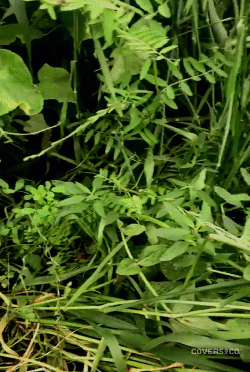Multi-Species Cover Crop Blends
silage & dry hay
Best Practices/Protocol
Best Practices/Protocol
If weed pressure is an issue or you have a history of problem weeds on the field you selected, we recommend a pre-burn herbicide application (with no residual).
Do not plant on fields with a history of herbicide resistance, specifically Kochia. Remember, there is no in-crop herbicide when implementing multi-species cover crops.
The seed depth we are trying to hit is 3 ⁄4 of an inch or up to 1 inch if moisture is available there.
Full Season Cover: Above 6 degrees C
Warm Season Cover: Above 10 degrees C
Cool Season Cover: As early as possible
Once the crop is germinated, the lower plant population can cause the plant stand to look thin. The battle for sunlight is afoot, and we need to depress the cereal population, so the slower-establishing plant species can get a fair shot at sunlight before the cereals dominate the canopy. Once a hierarchy has been established, the plants form a symbiotic relationship, and from then, rapid biomass production will take place. This is known as plant & soil symbiosis.

Image: left to right over a 28 day period.
At this stage in the crop life, cereals will dominate the higher part of the canopy and look as though it is the vast majority of the total biomass.
However, the lower cereal plant populations allow sunlight to reach lower in the canopy to give these legumes an even chance at sunlight. These legumes will stay vegetative longer and hold more moisture. This is why the cereals can be taken at a higher maturity than if grown in a mono-cropped scenario.
This is why our silage window is between 3-4 weeks.

Left: Spring Wheat Right: Multi-species cover

The vegetative legumes dominate the surface biomass
When a monocrop hits a certain maturity, the ideal moisture will be there for a short period of time as the plant naturally dries down. The value of multi-species cover crops in regard to timing is demonstrated in the trial below. Both fields were sown within 5 days of each other.
Conclusion: 3-4 week silage window
Souris, Mb. Cut Early. 62% moisture.
Darlingford, Mb. Cut later. 63% moisture
To keep things simple, we would suggest using the cool season cereal plants as your barometer. Once cool season cereals start to turn - silage/hay process should begin, but depending on your goals (re-growth for grazing, protein requirement, energy), you may choose to time your harvest differently.
By allowing the vegetative legumes to dominate the surface biomass, we can account for:
Wider silage window
Increased protein
Balanced C:N Ratio resulting in greater water infiltration

Timing of Harvest: As you can see, the cereals are beginning to turn while the vegetative legumes are still holding moisture
The dry downtime will be longer, as the vegetative surface biomass will take more time to cure, especially in a windrow. The timing of cutting should still be the maximum biomass of the crop.
In our experience, laying swath rows as wide as possible and either turning or v-racking a day before speeds up the dry-down process.
Expect the dry-down to be between 7-10 days.
Plant species in our multi-species cover crops have been selected to maximize regrowth potential for late fall grazing. This will provide a balanced, diverse cattle feed (energy + protein)
It is important to document the positive effect plant diversity has on soil aggregation and water infiltration. It is good to know before the crop has been seeded how quickly water can be infiltrated. Please follow the Water Infiltration Protocol & be sure to record your results.

Image: Water Infiltration Kit